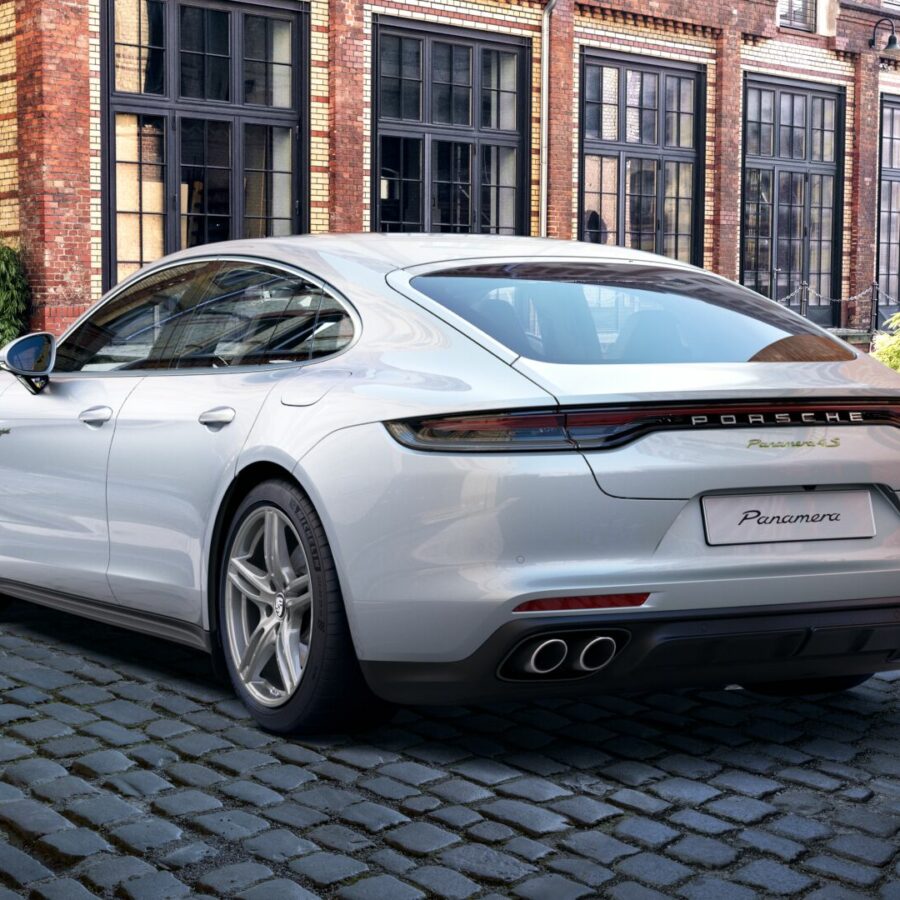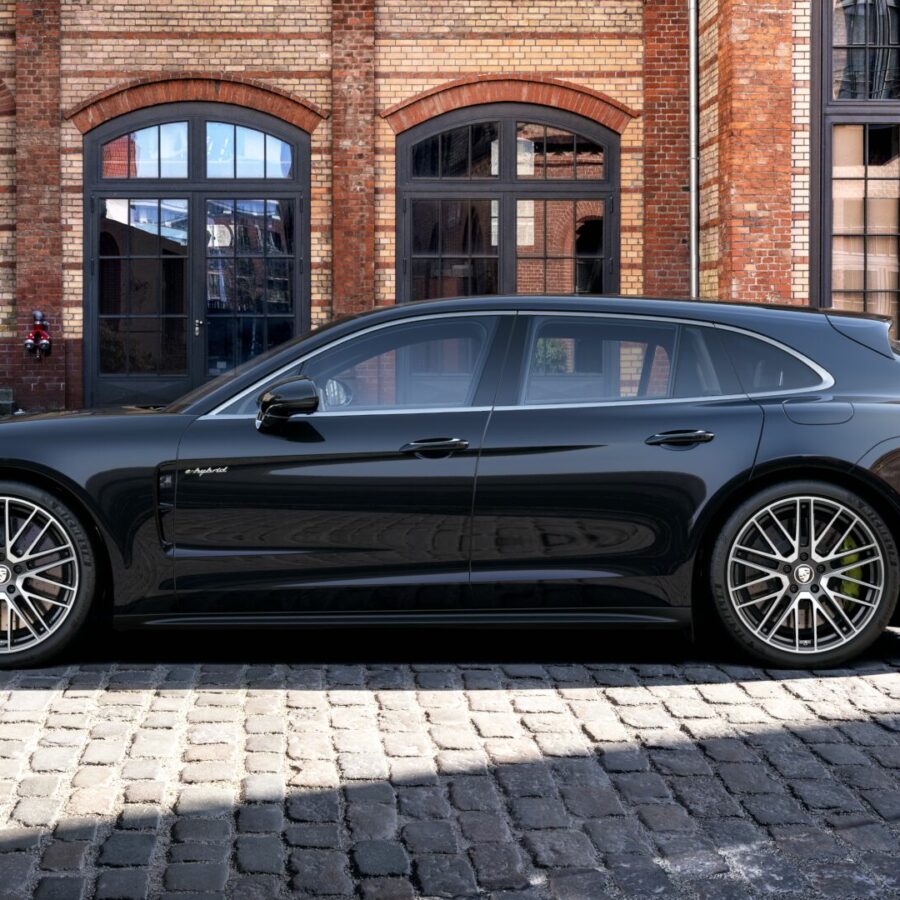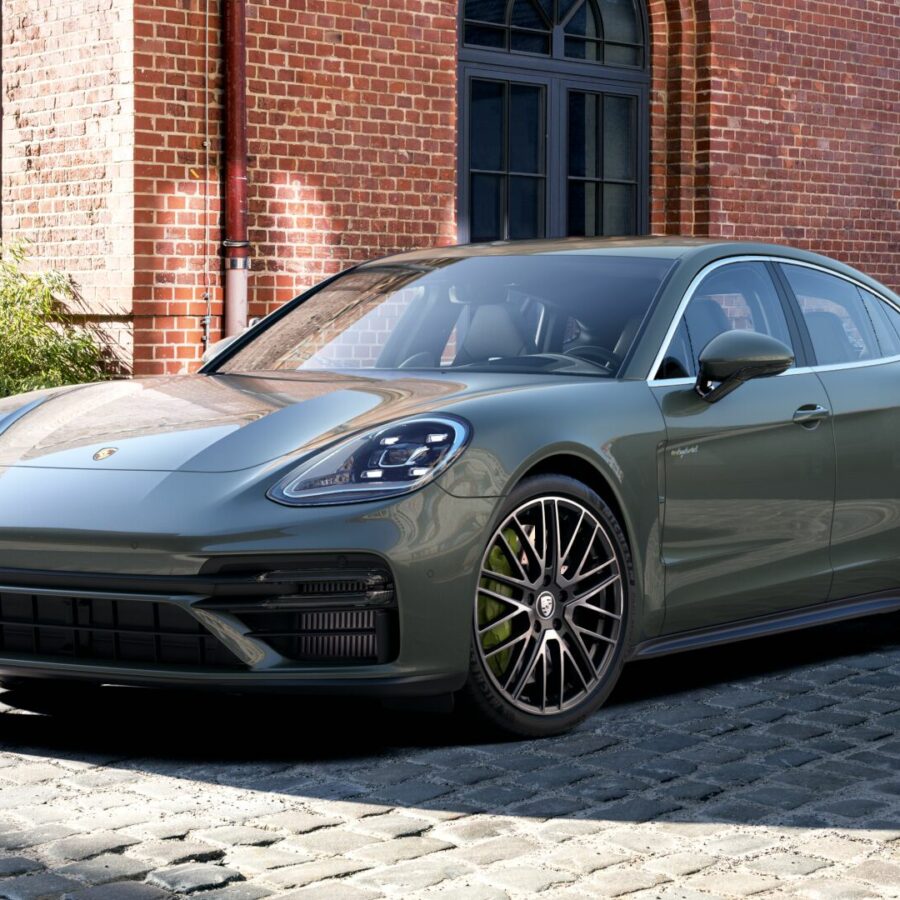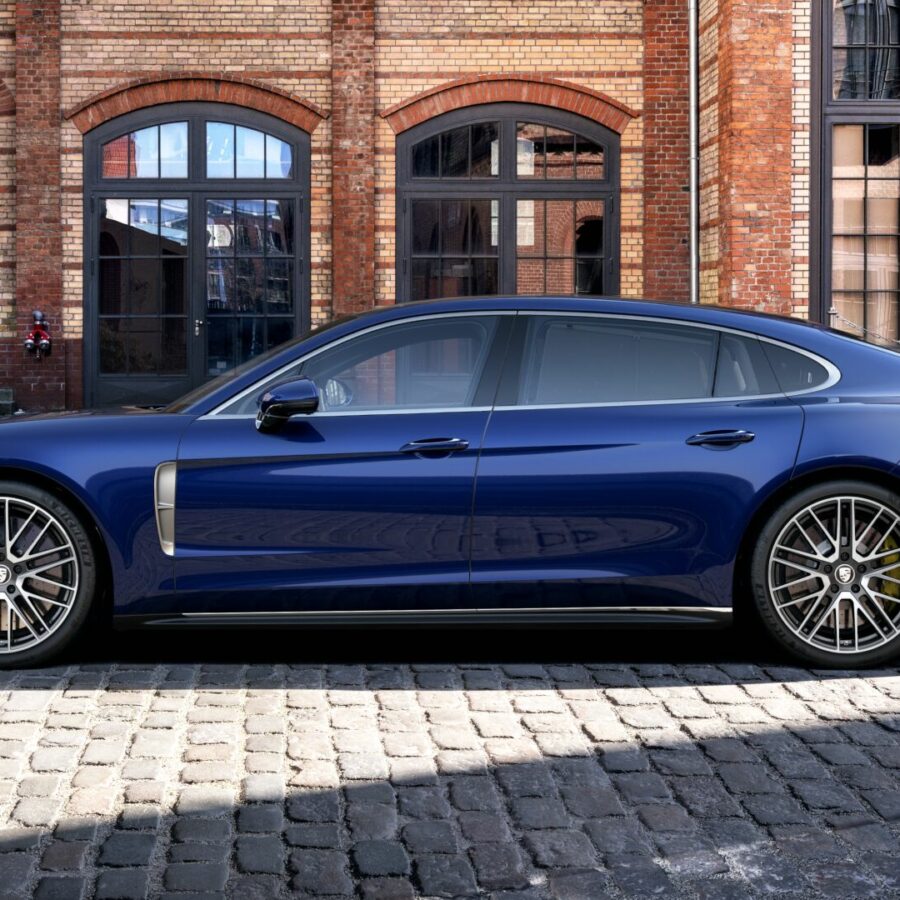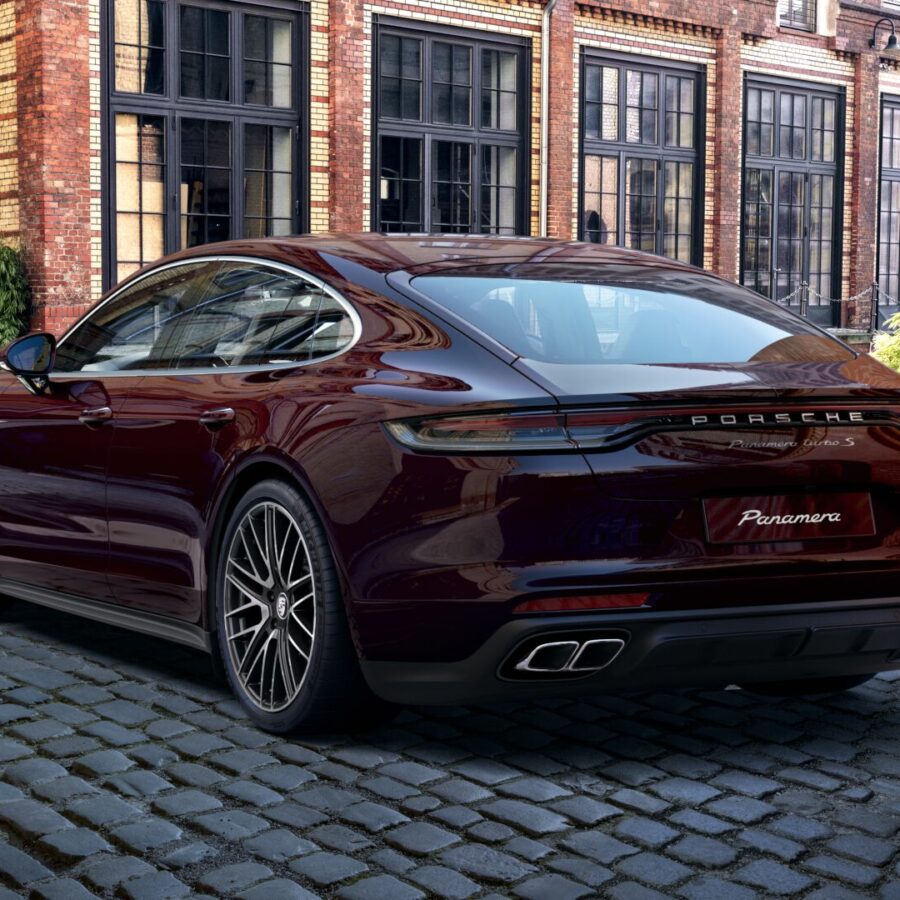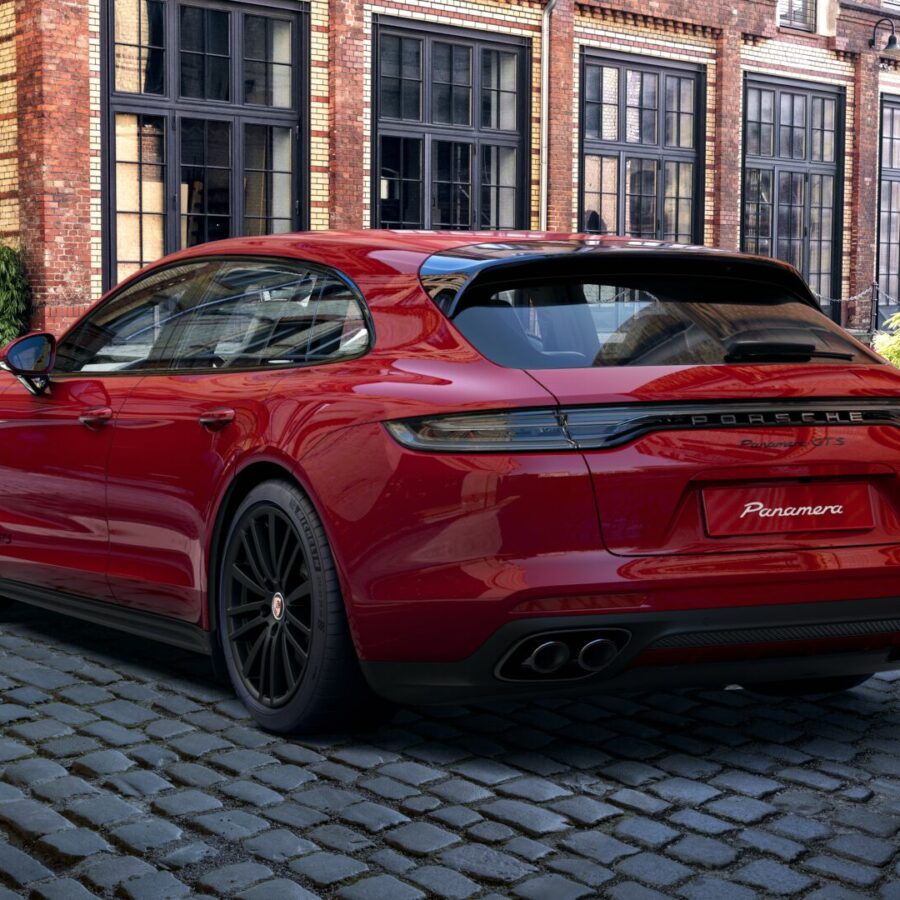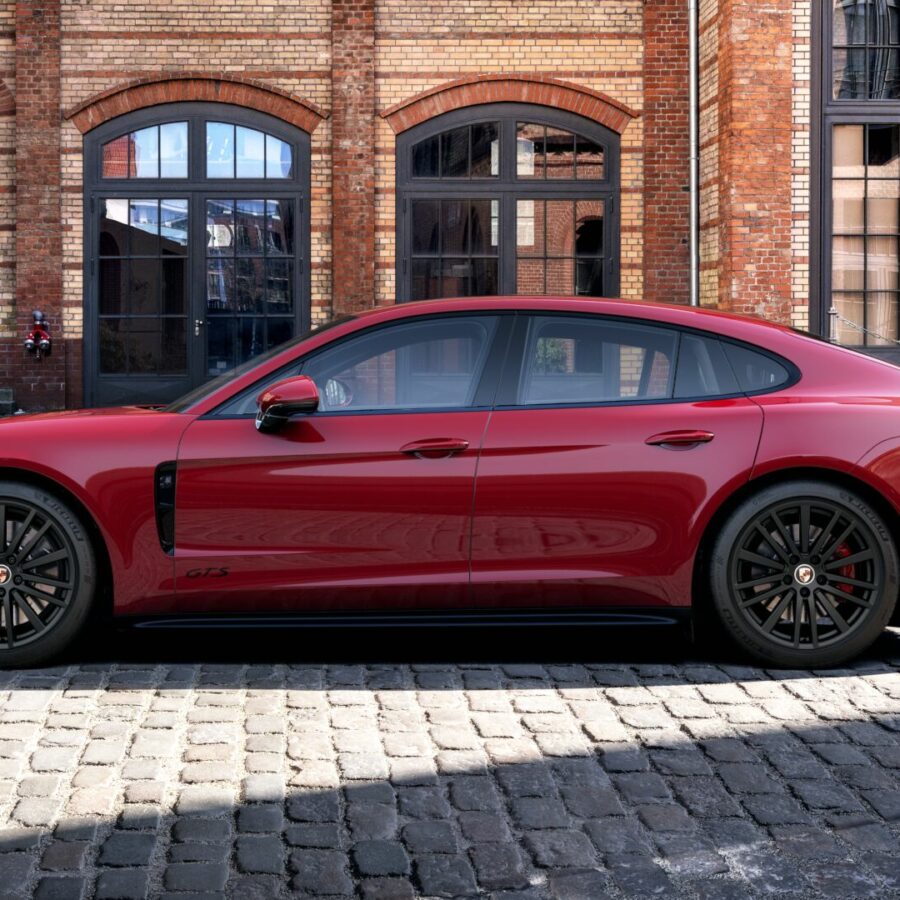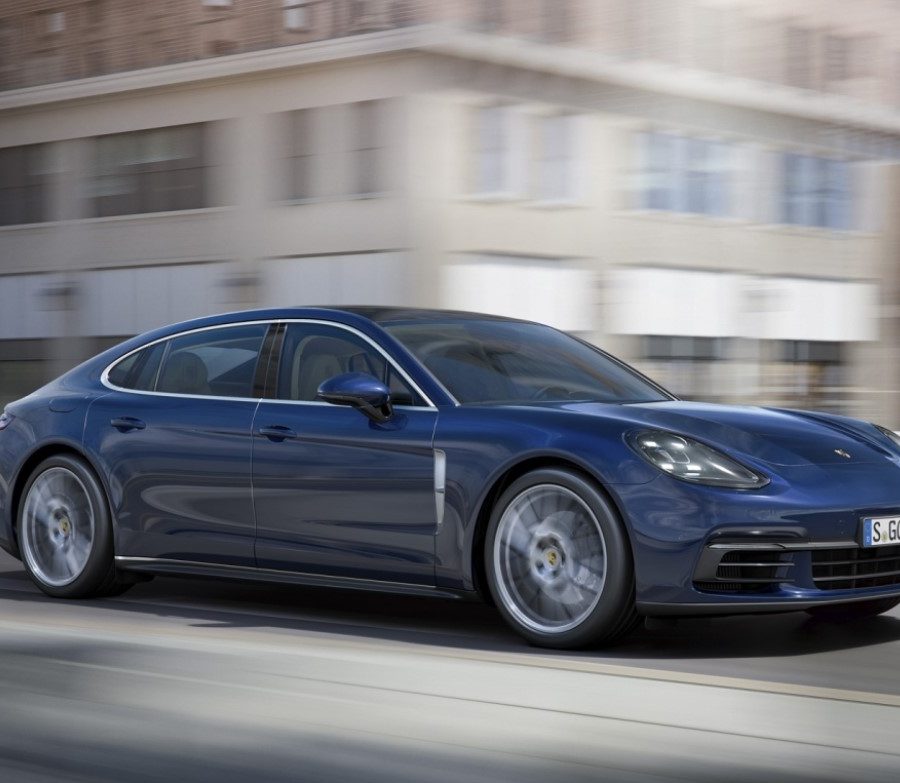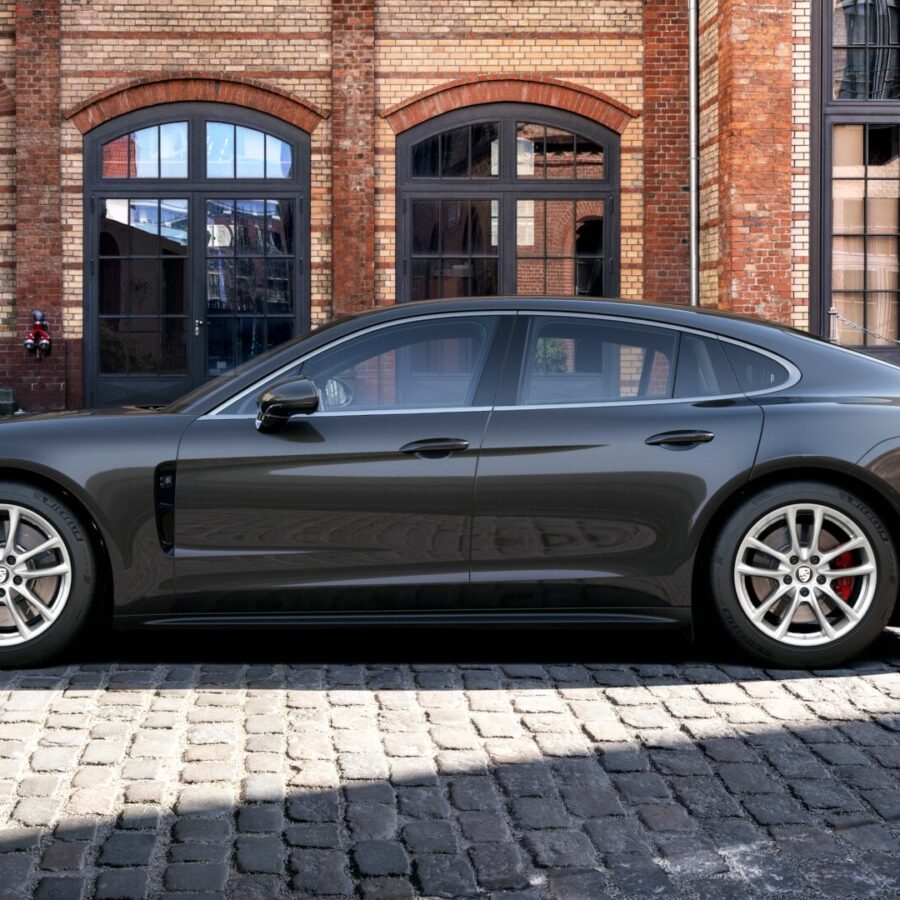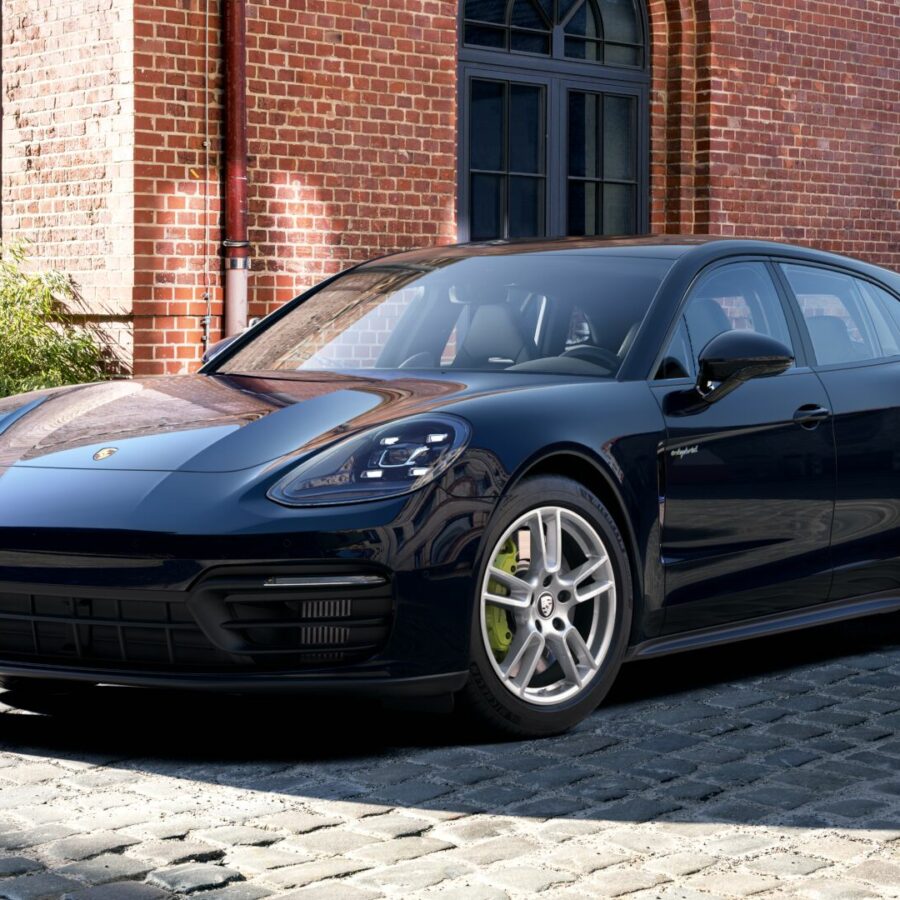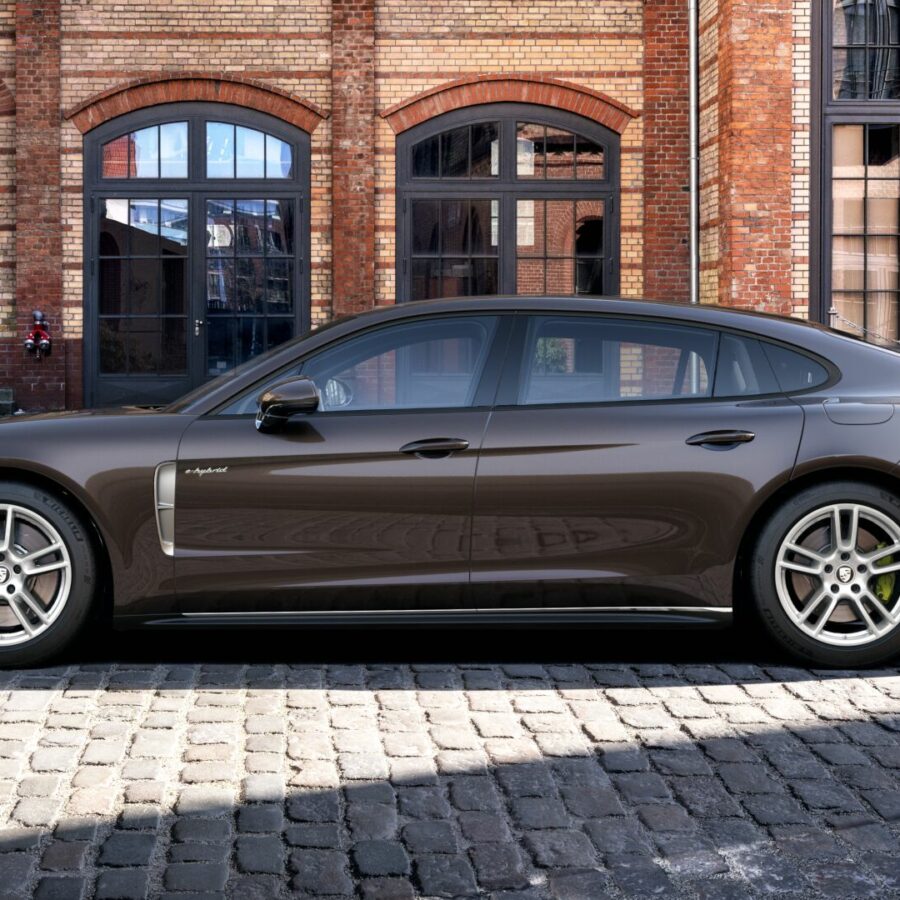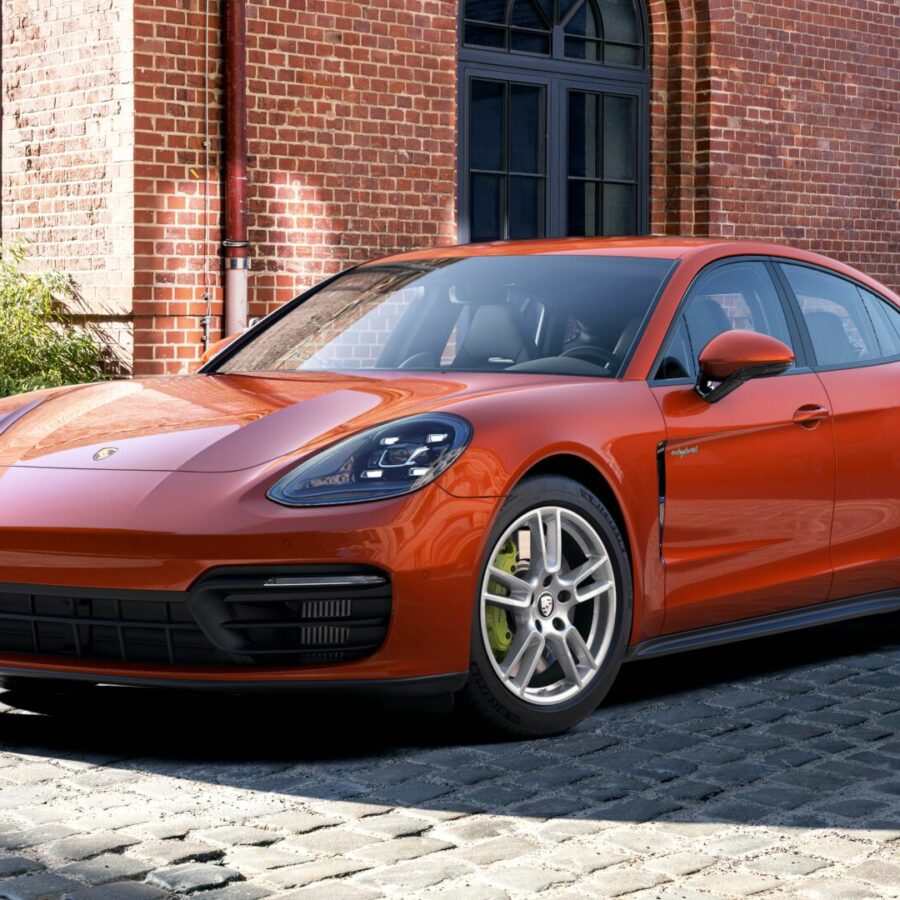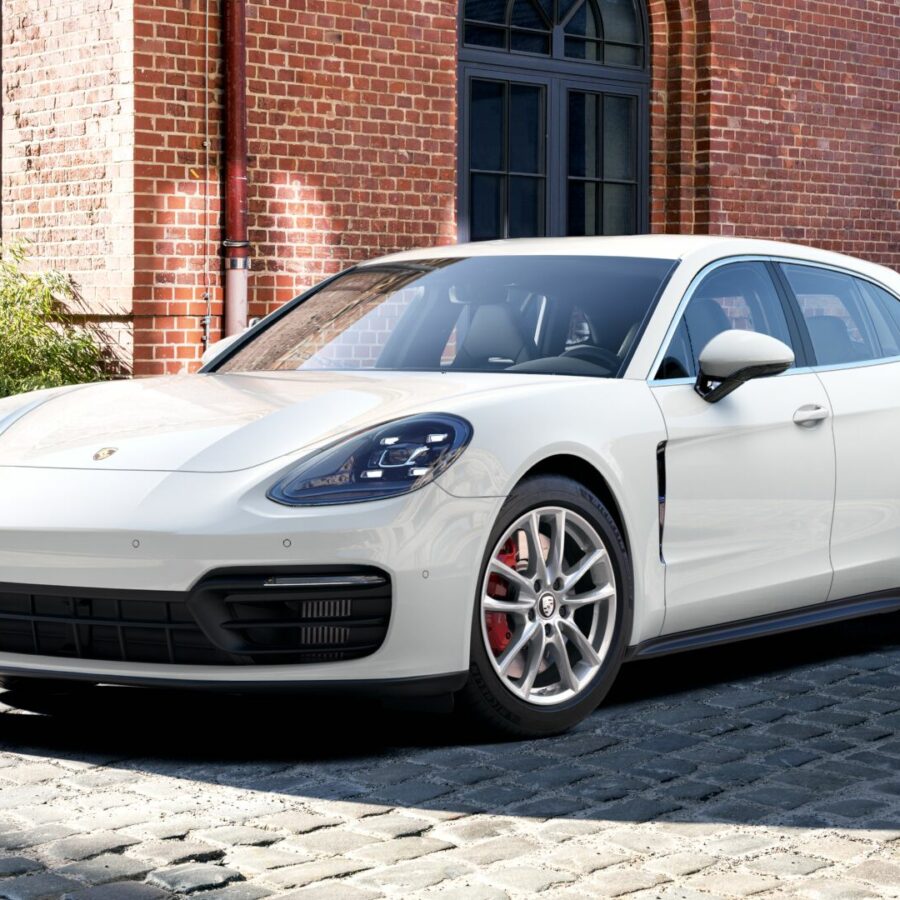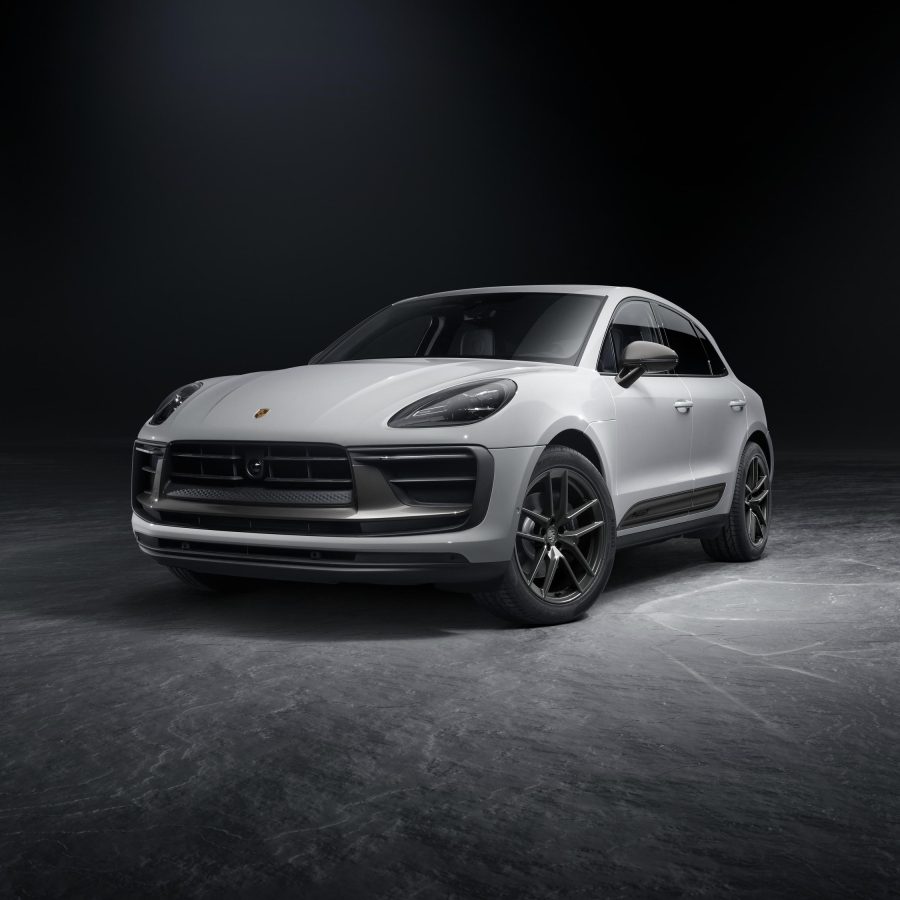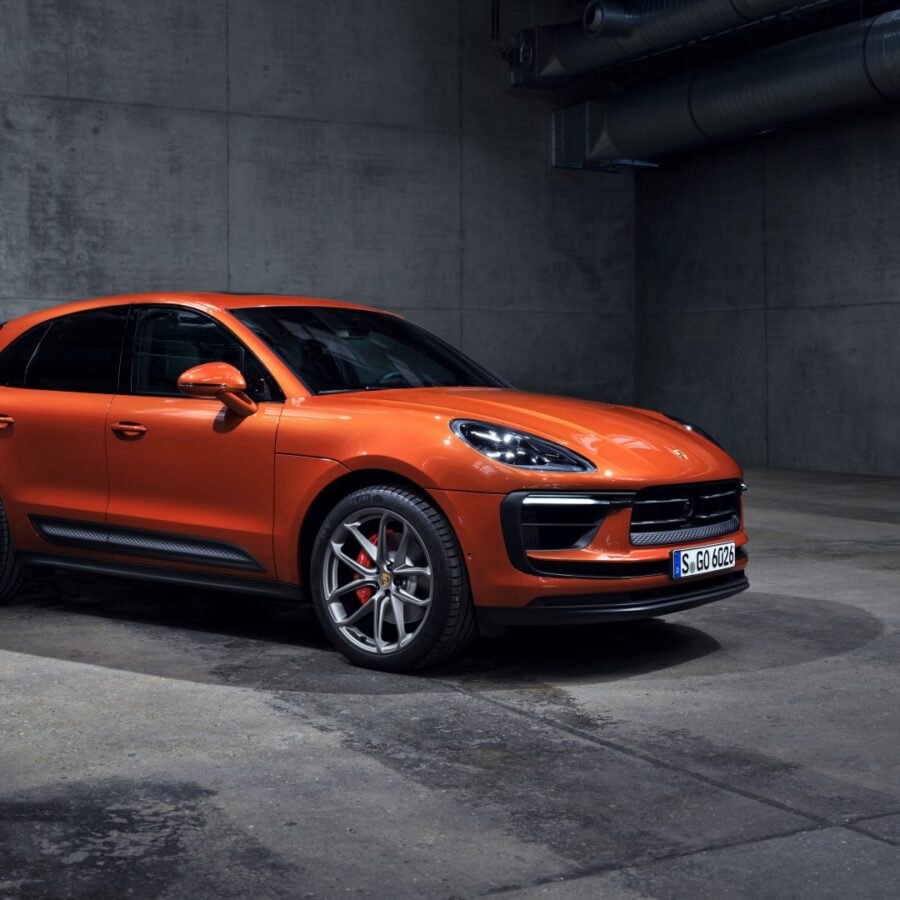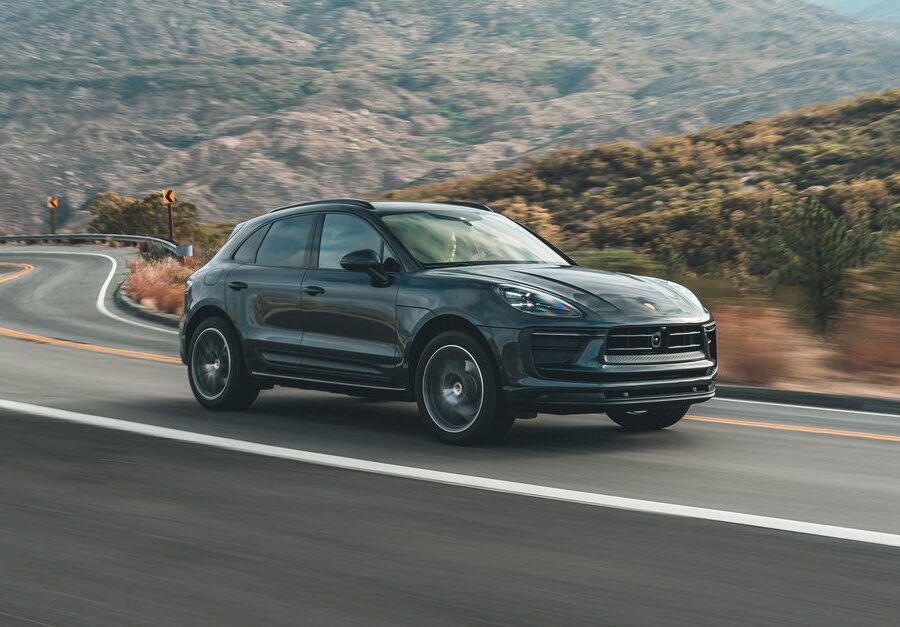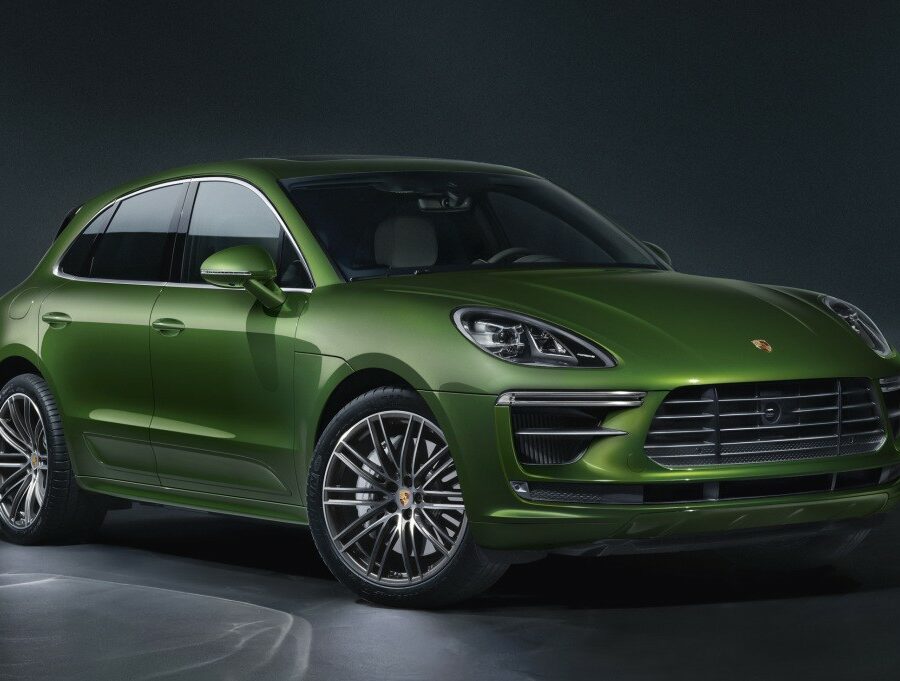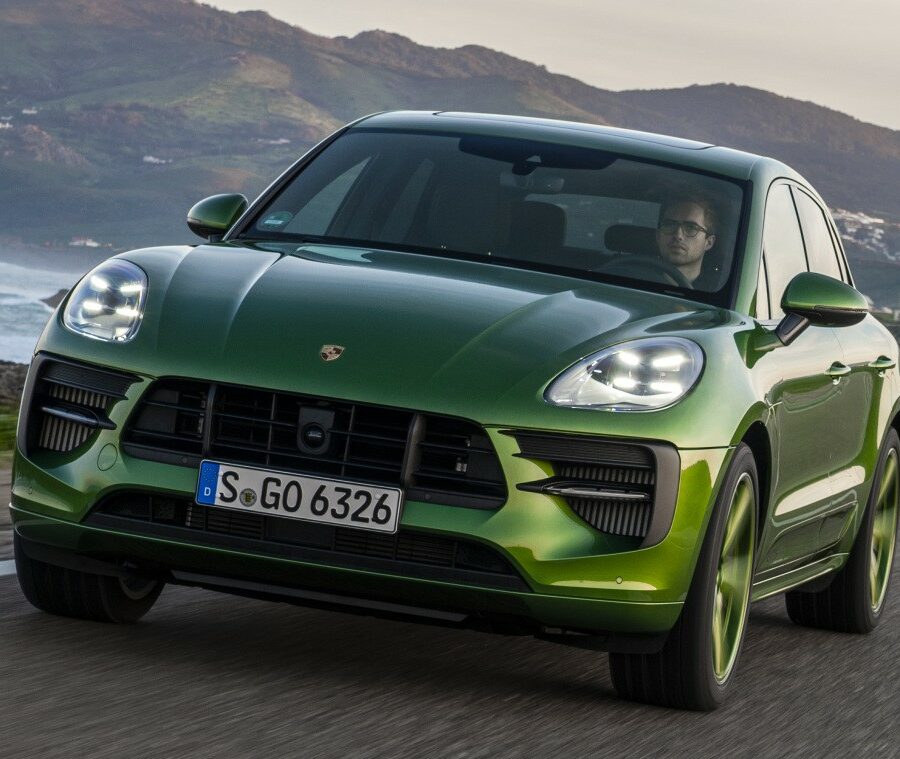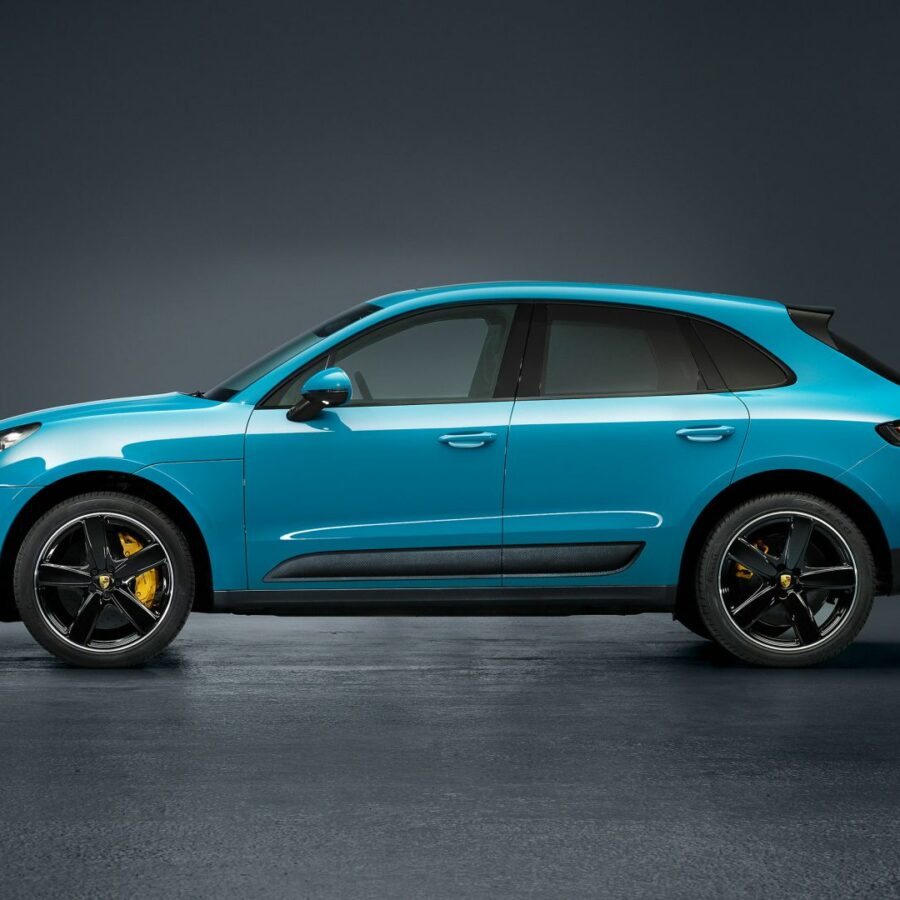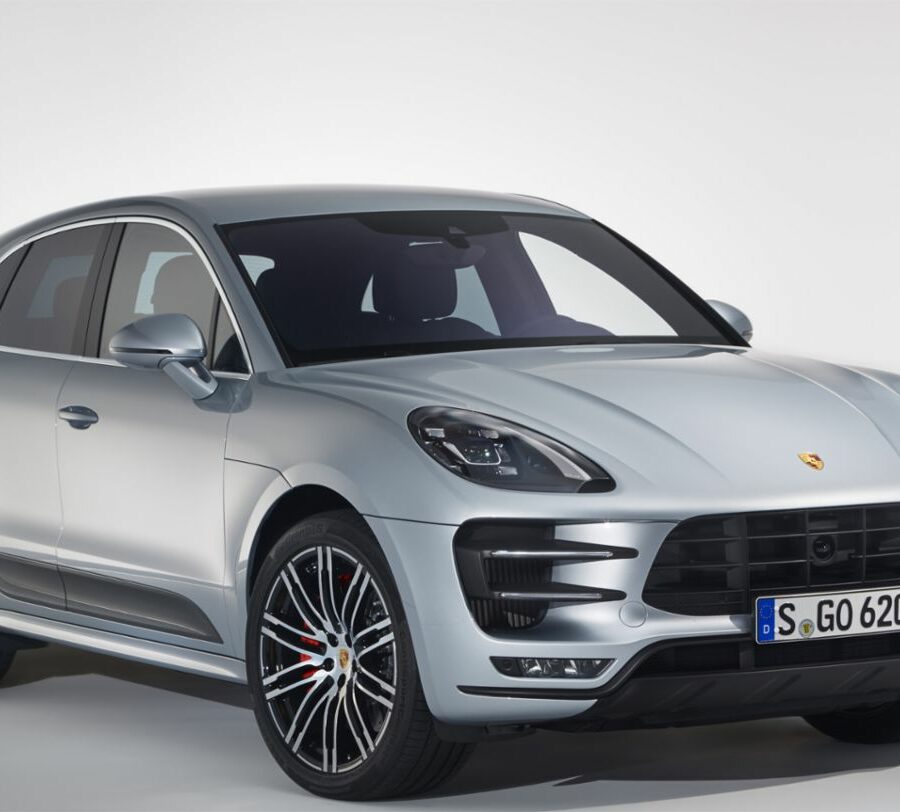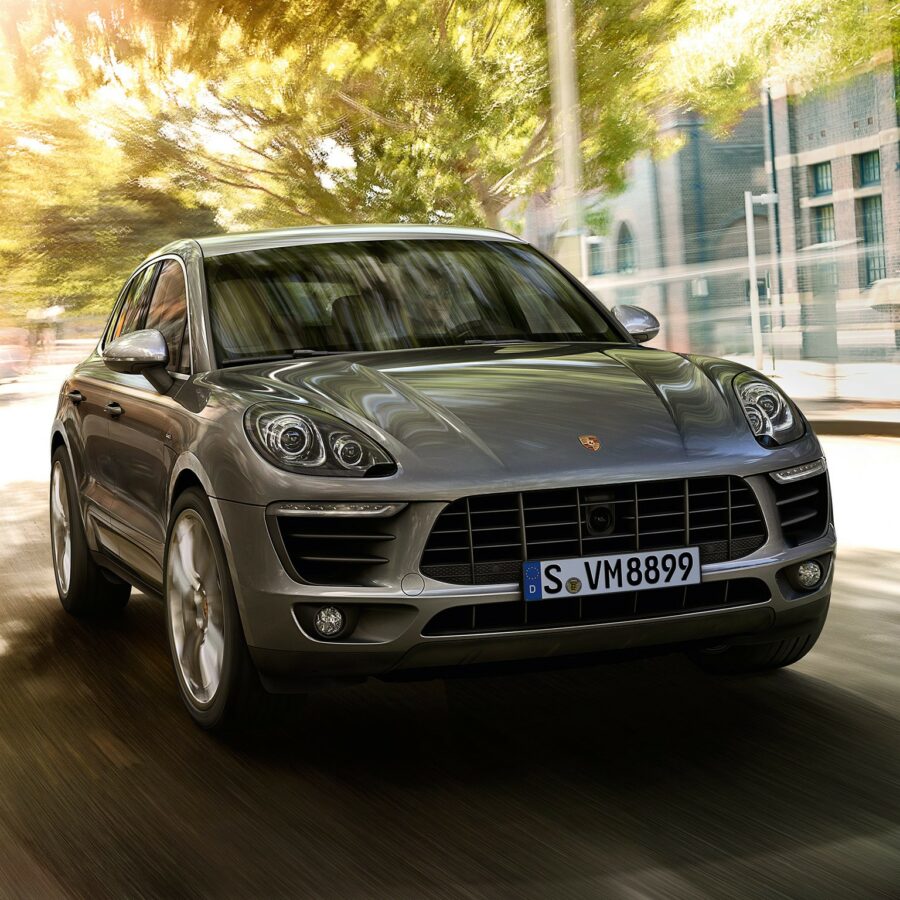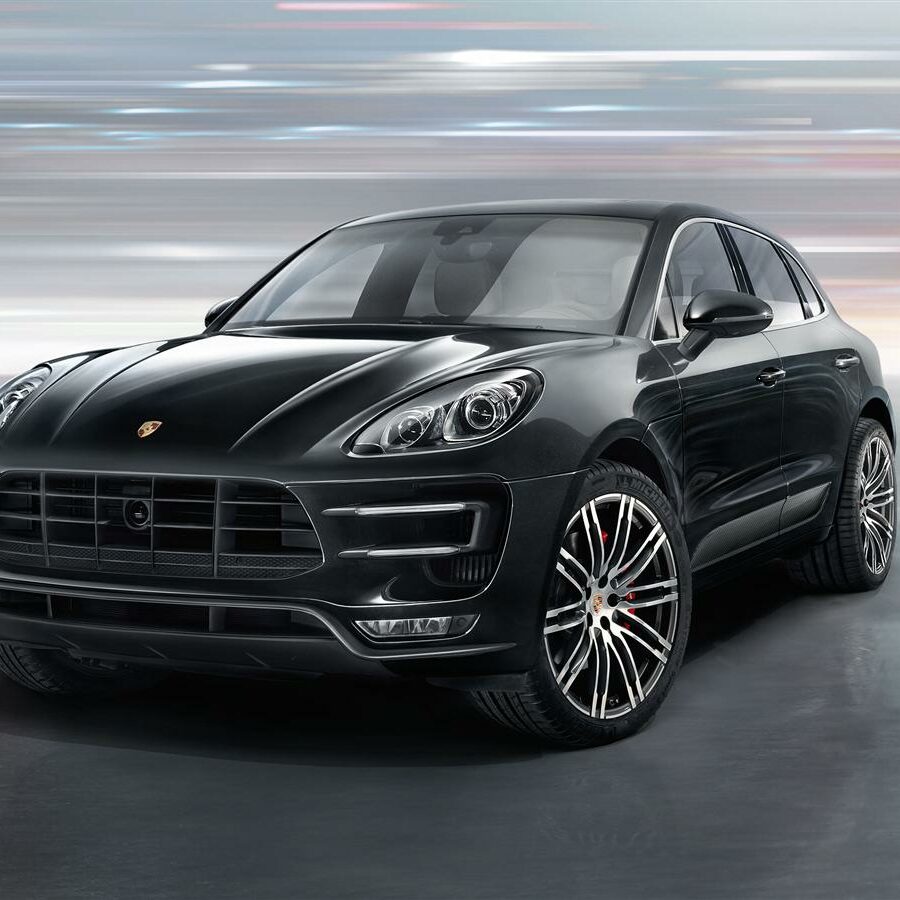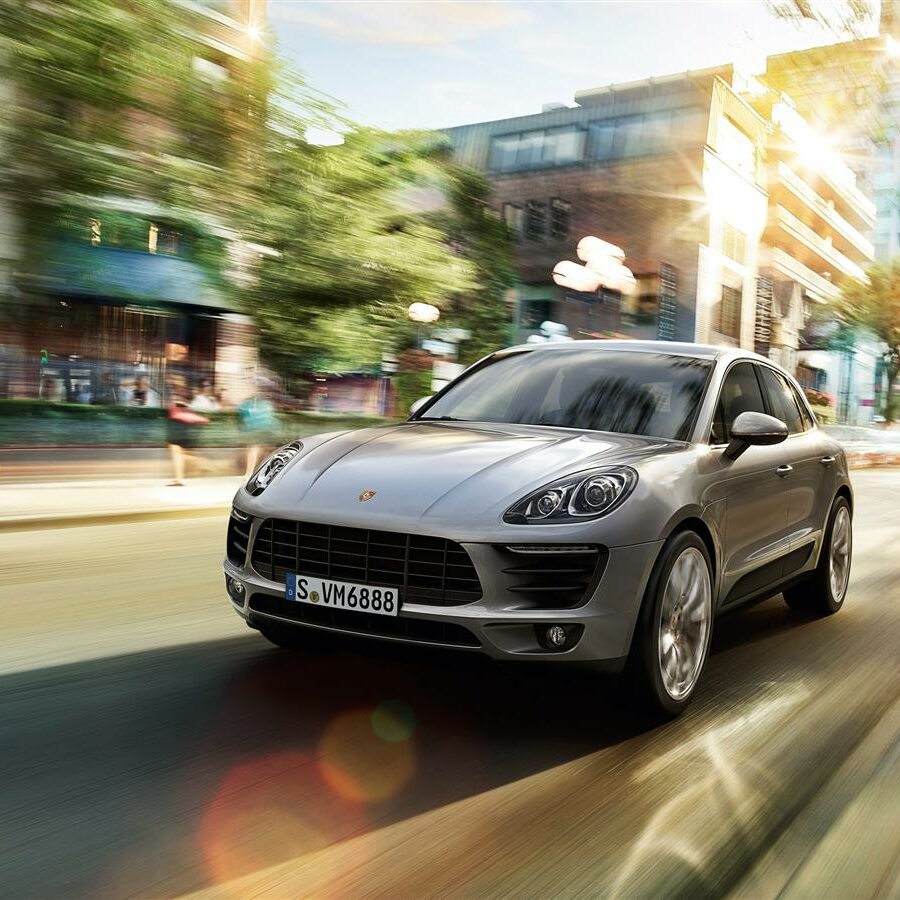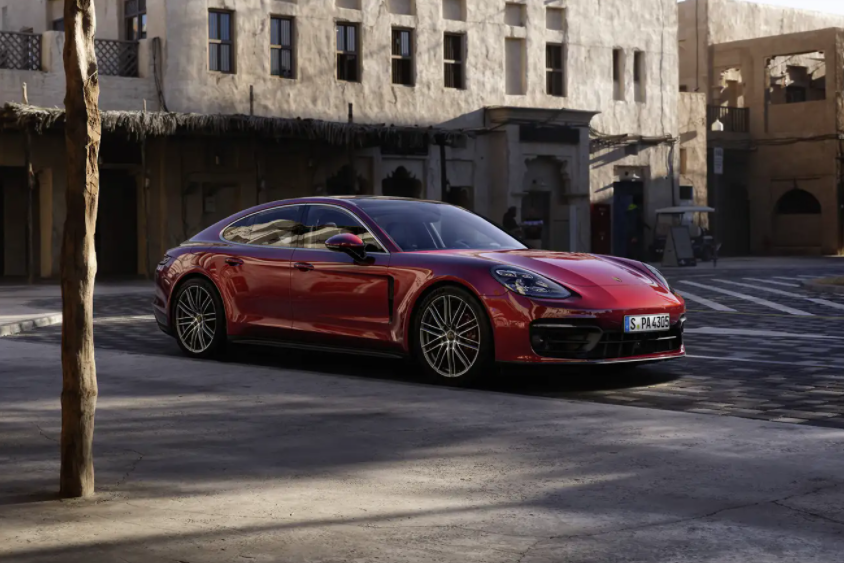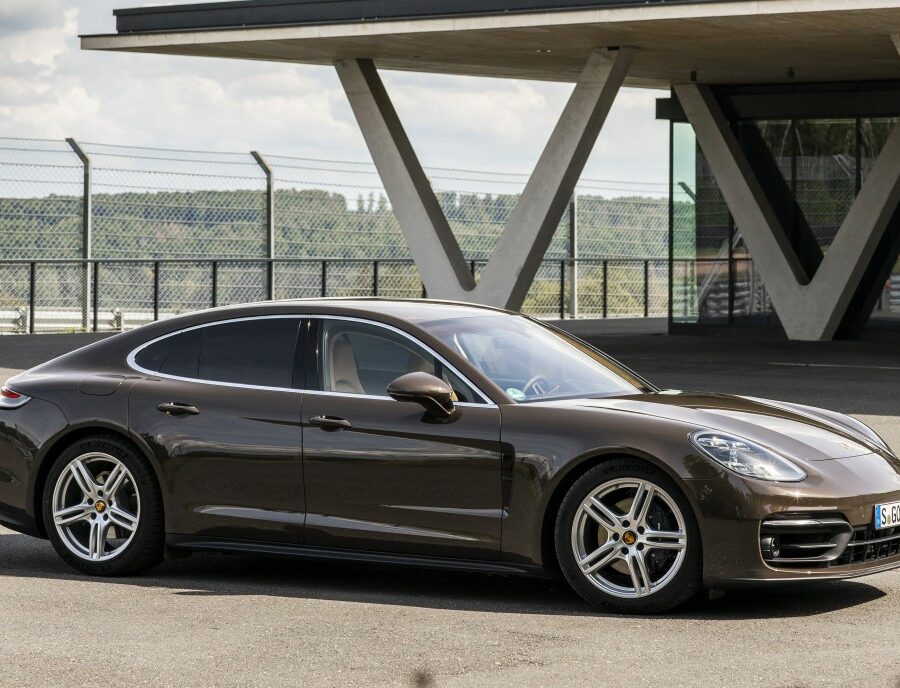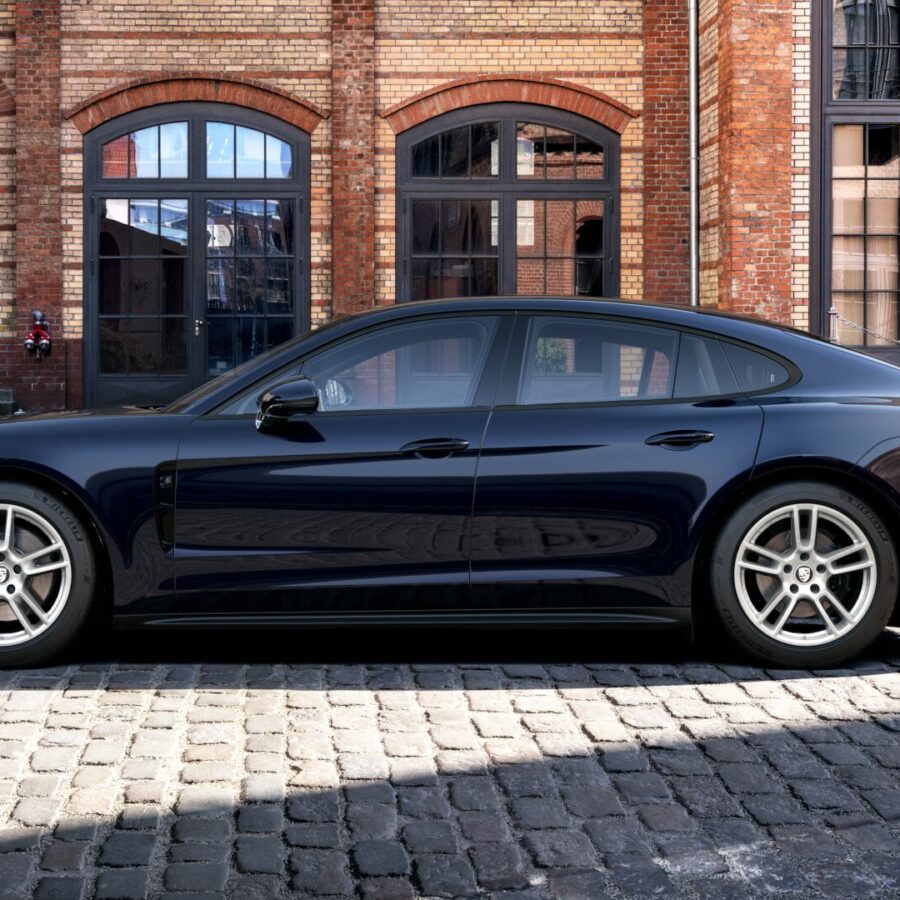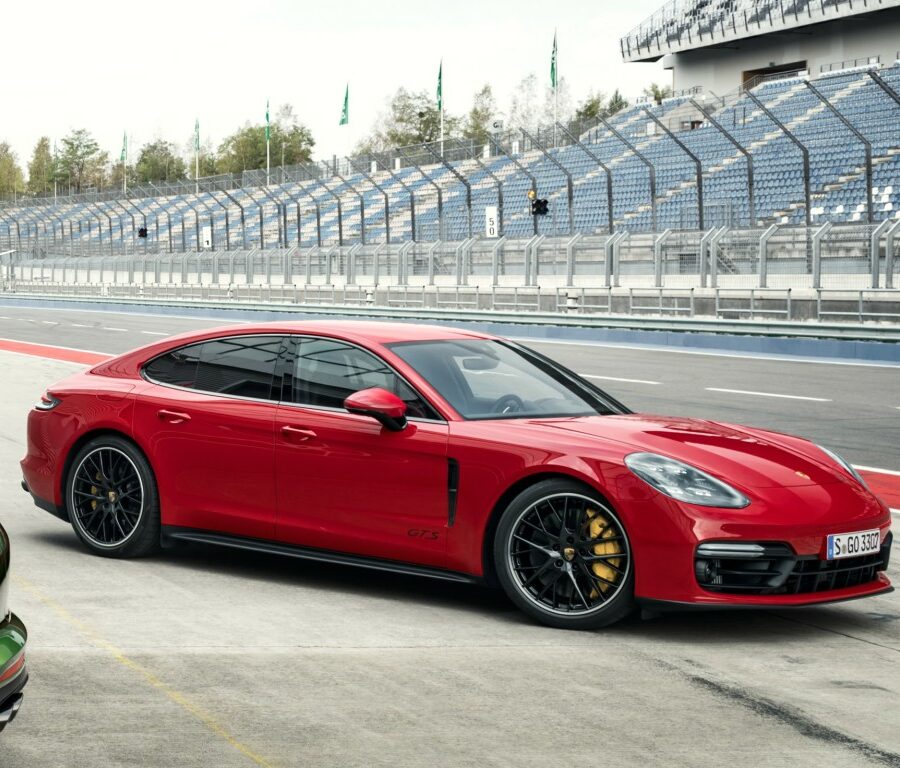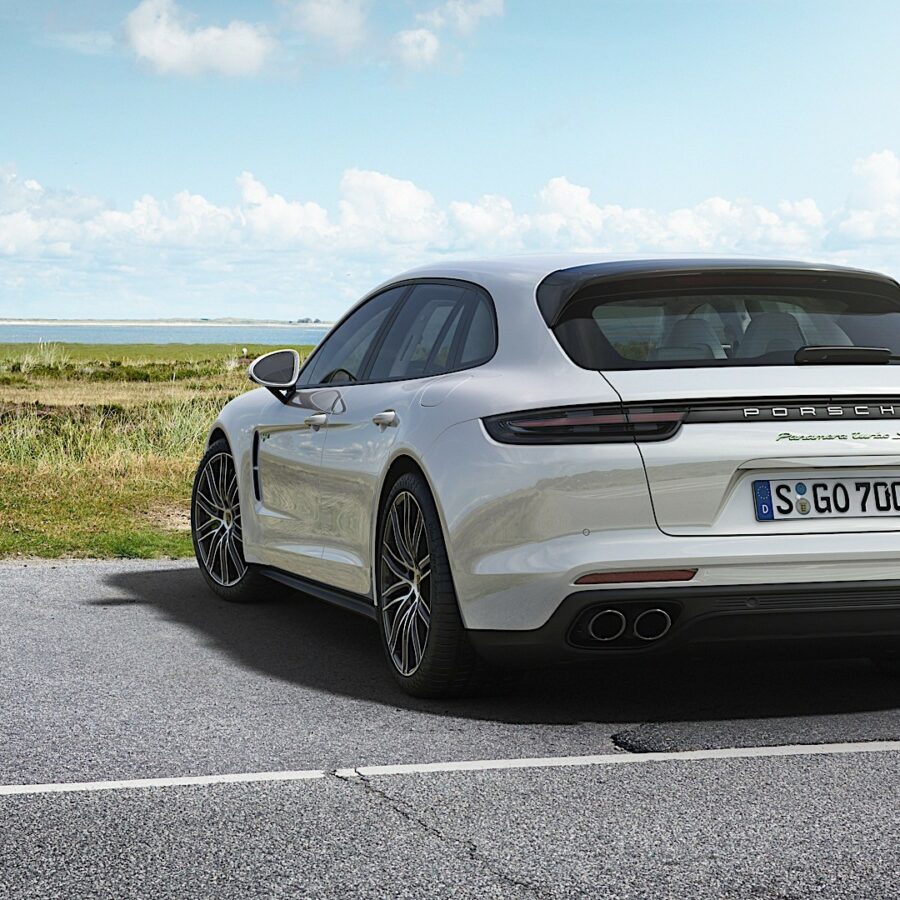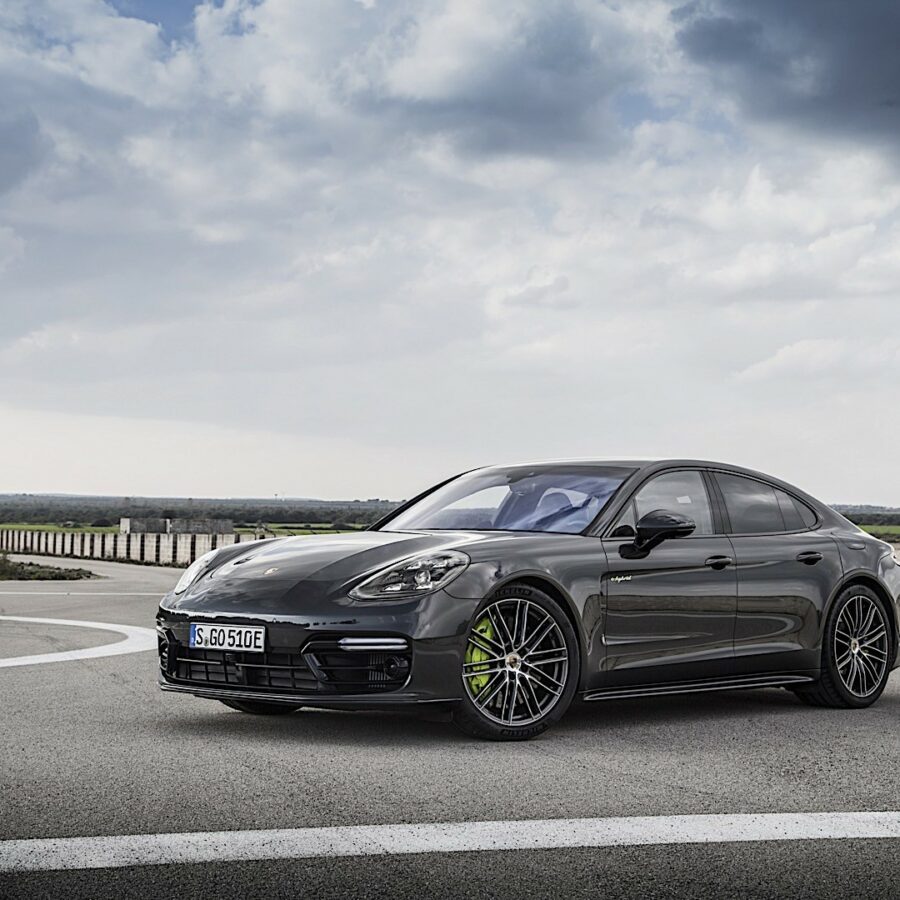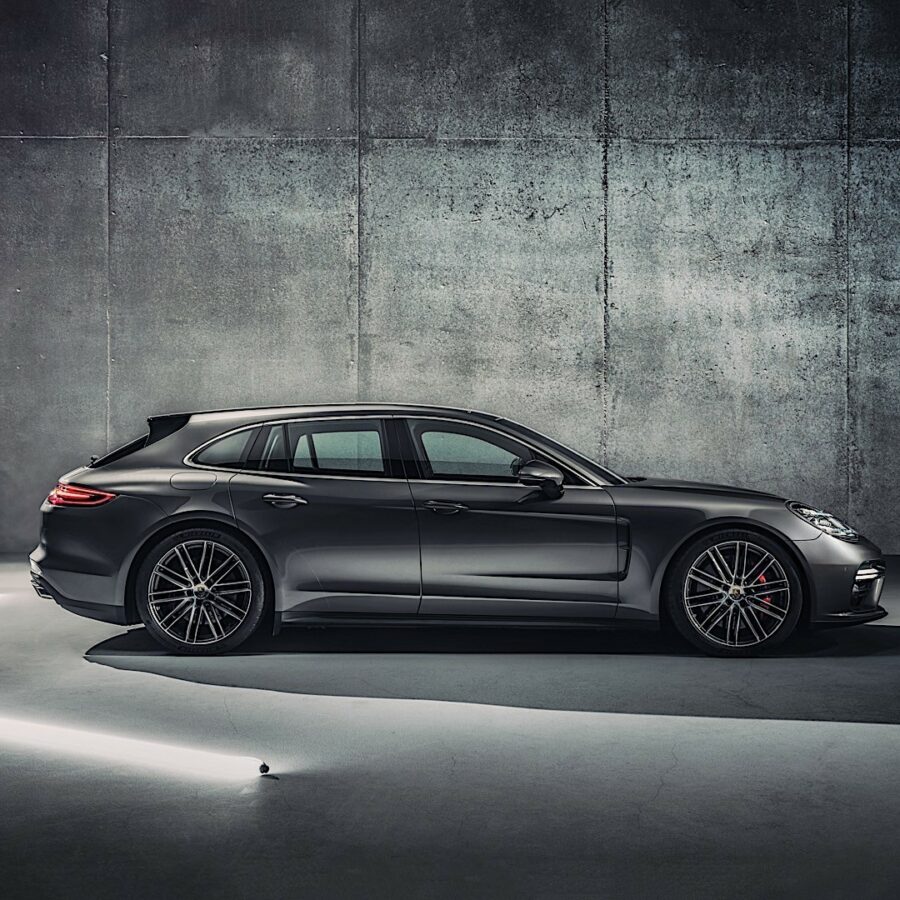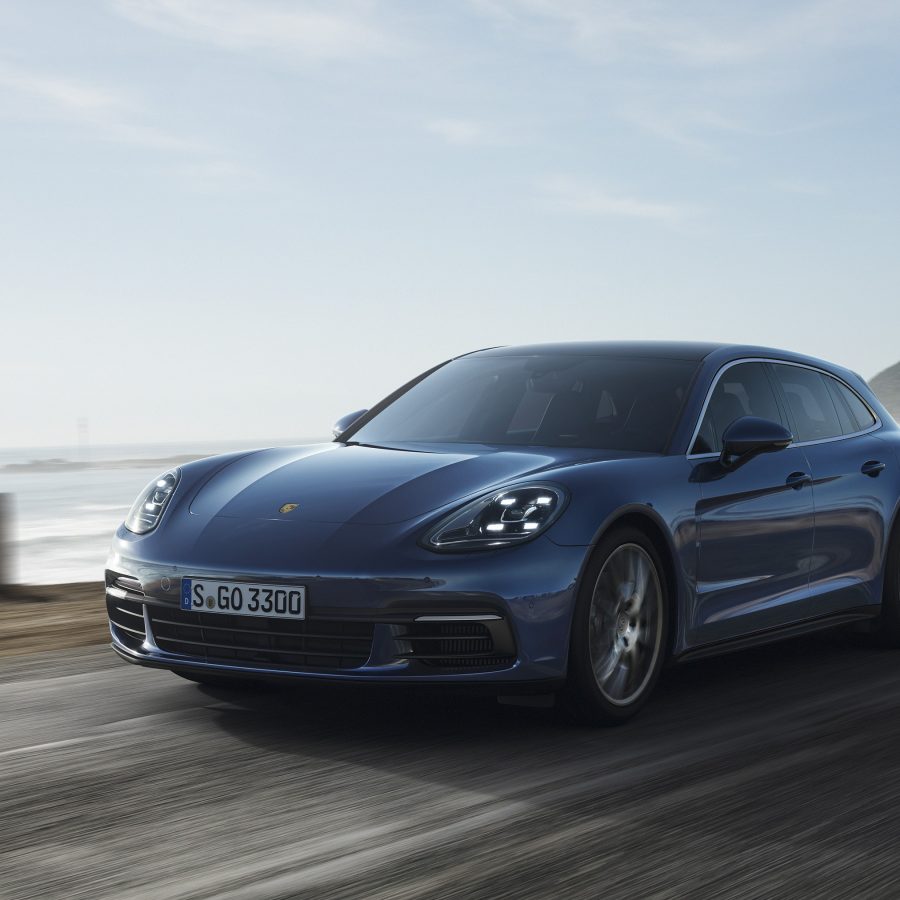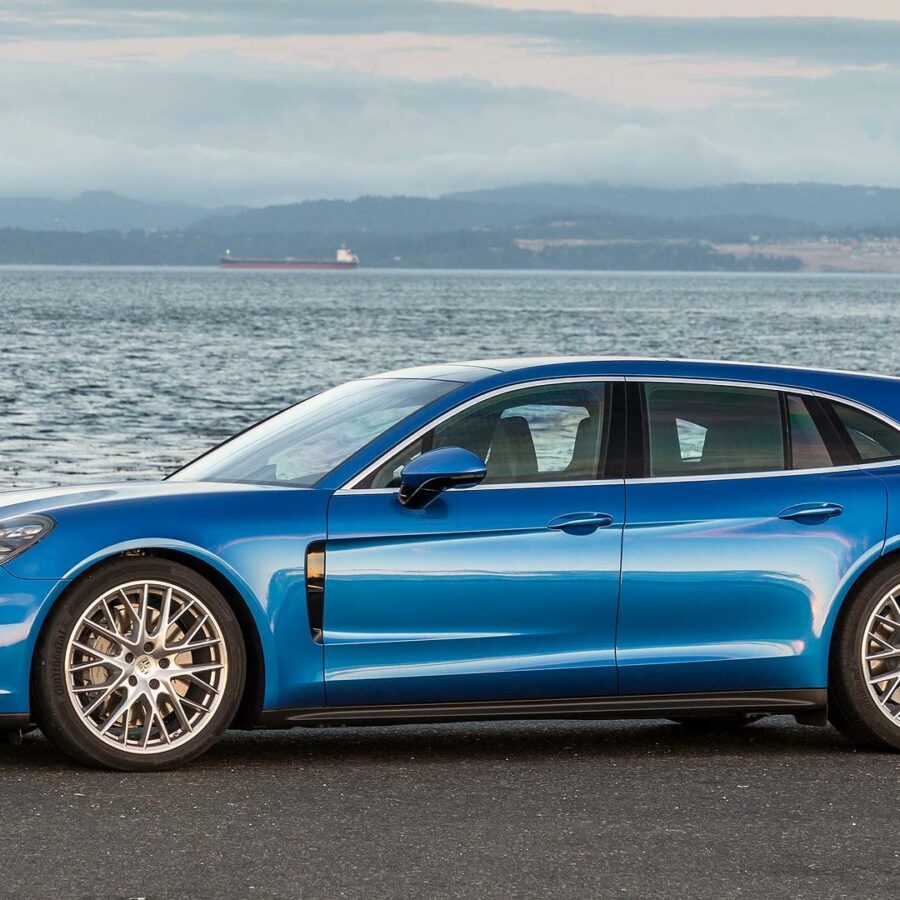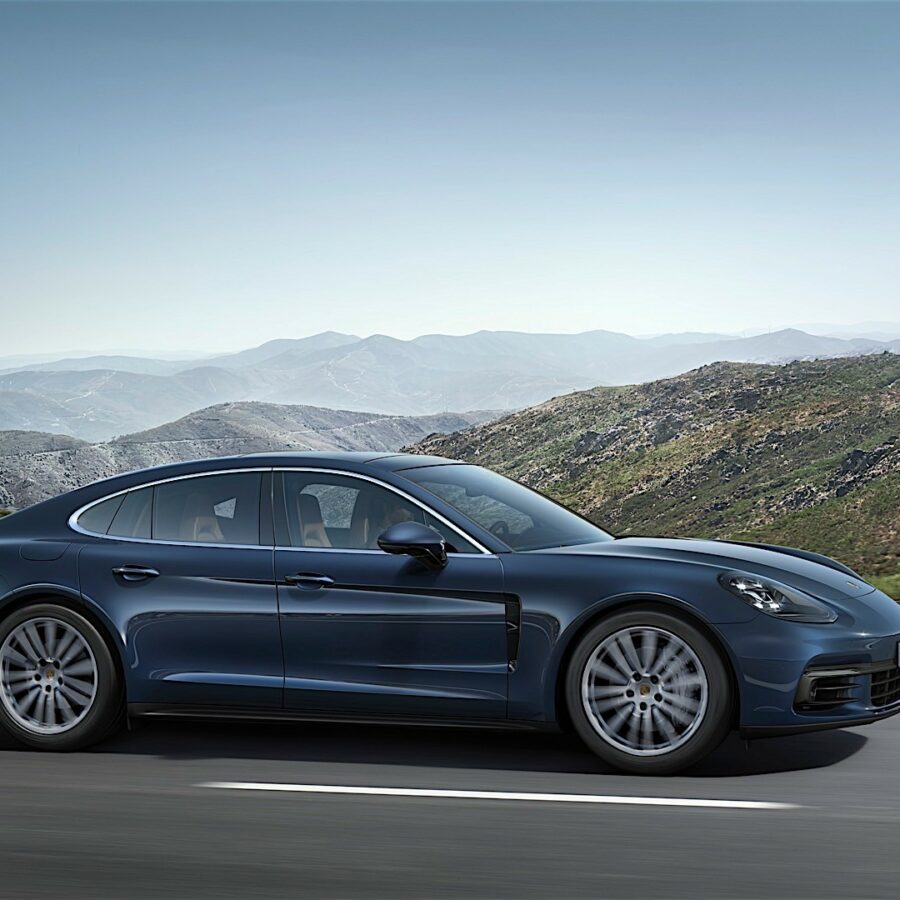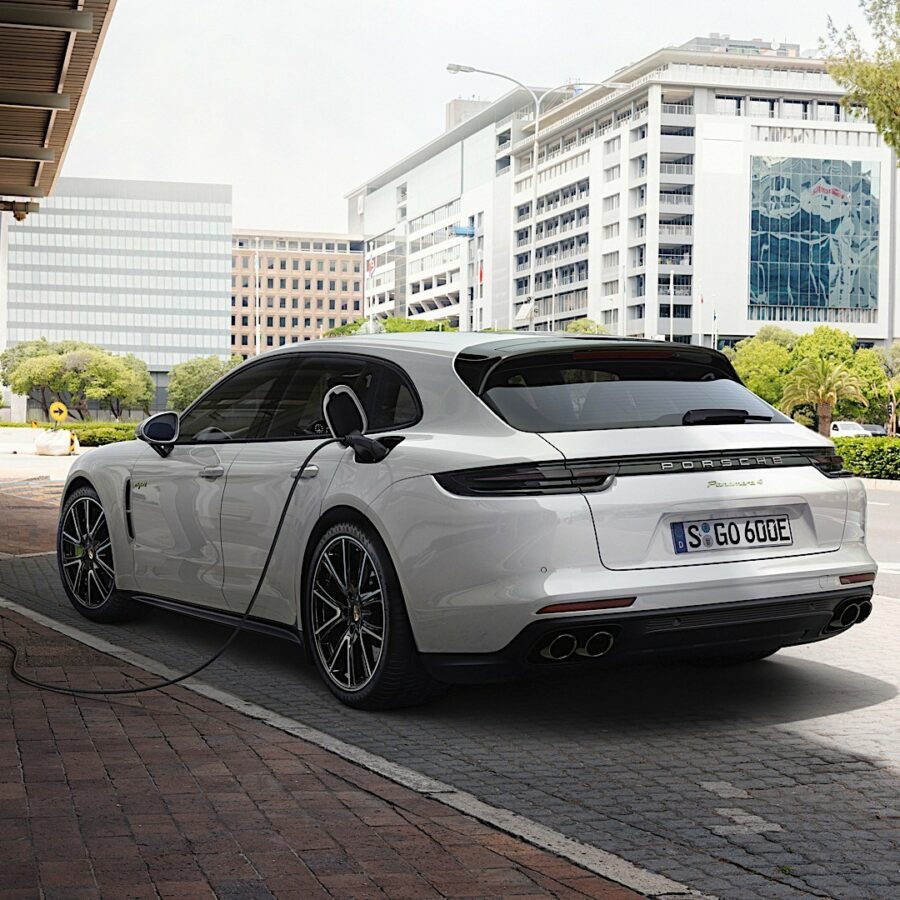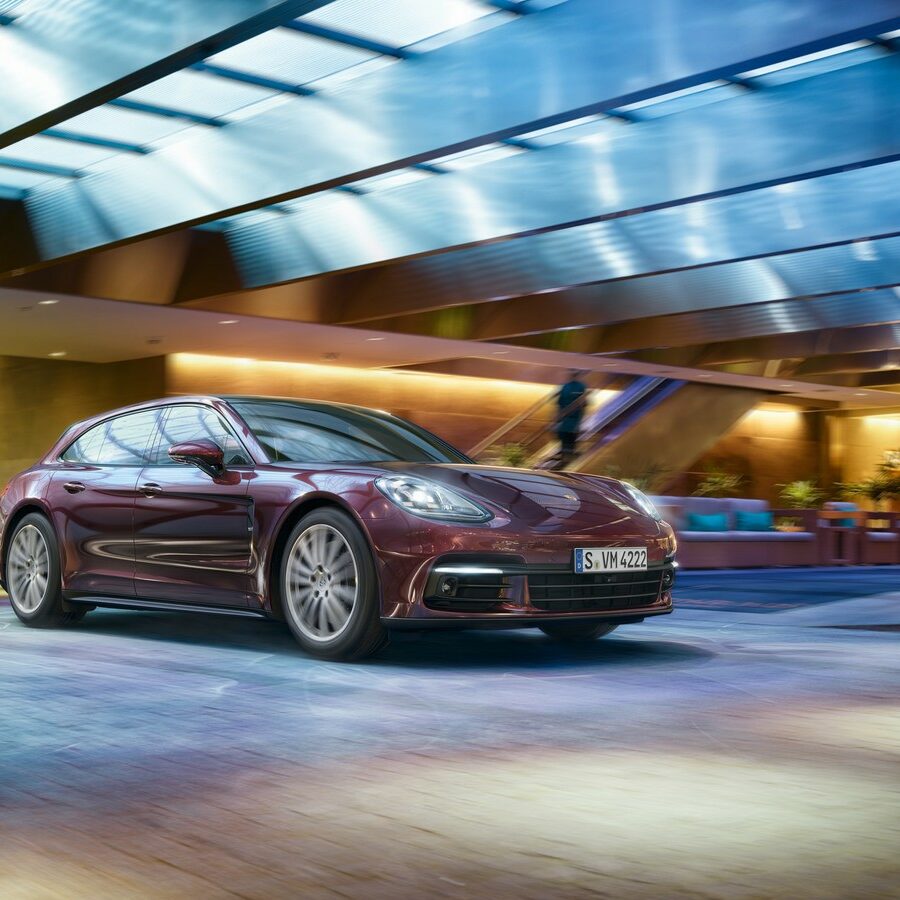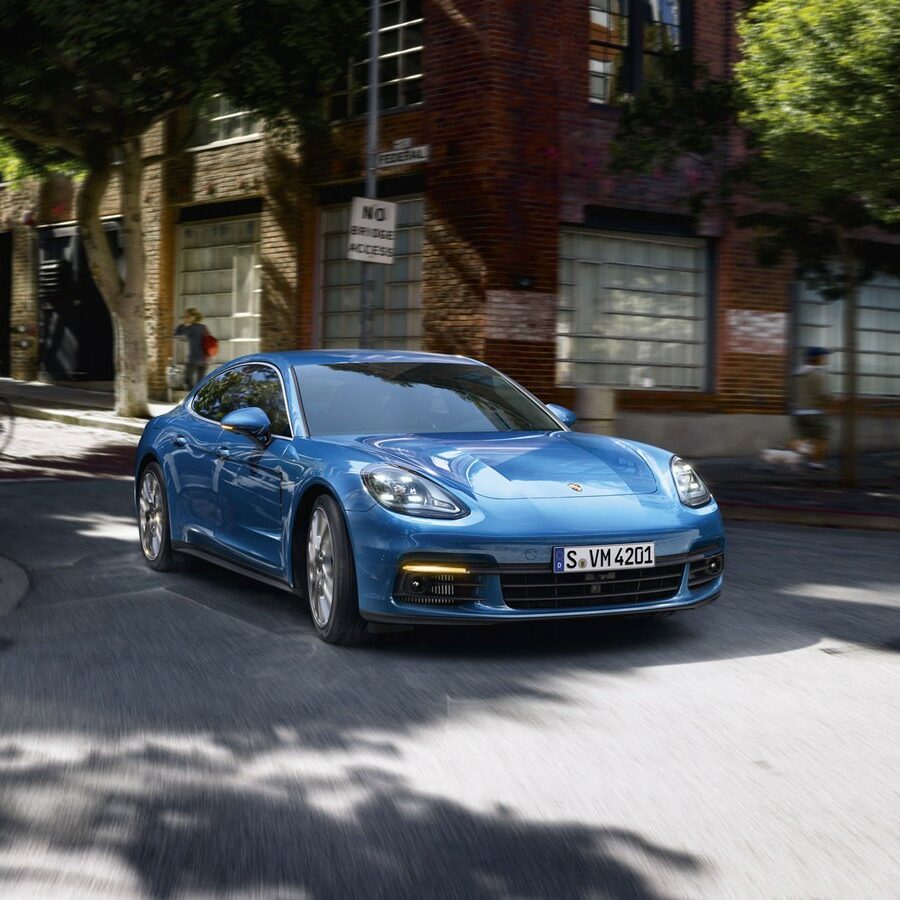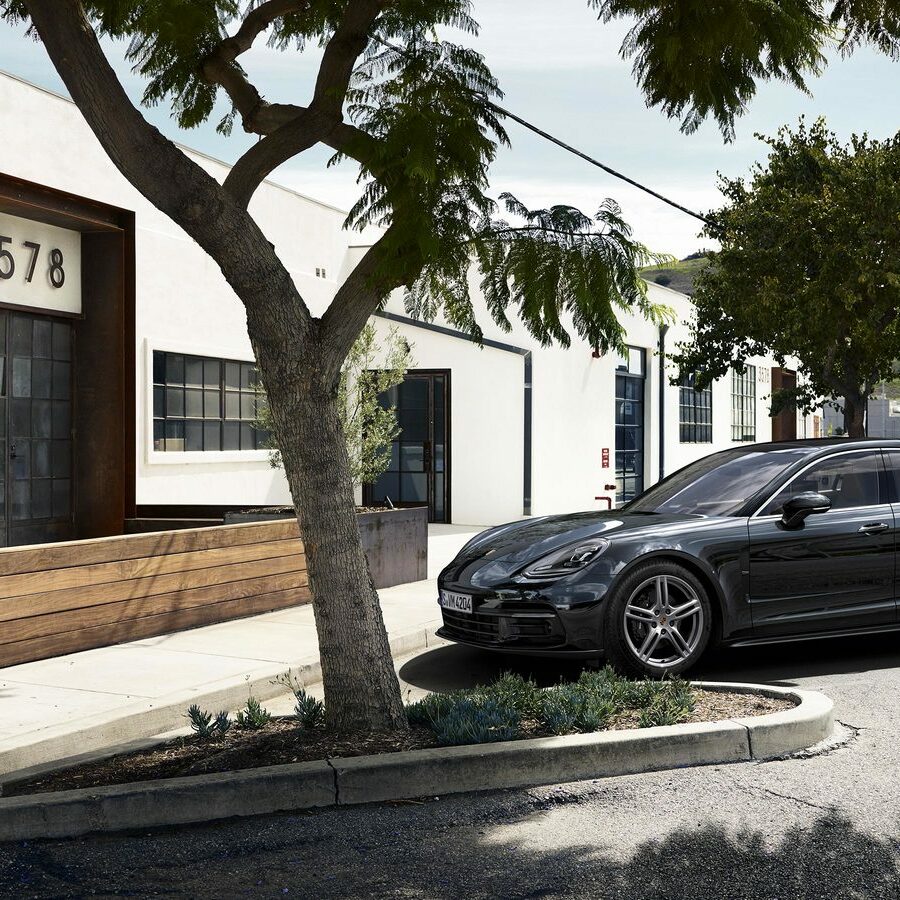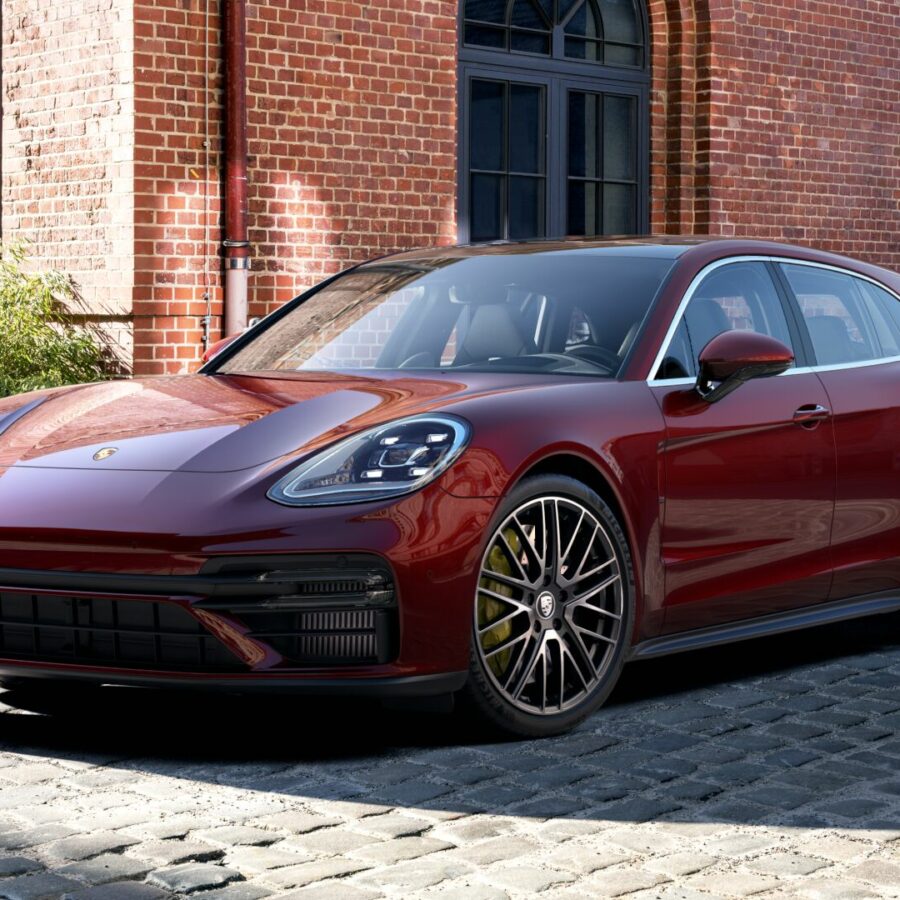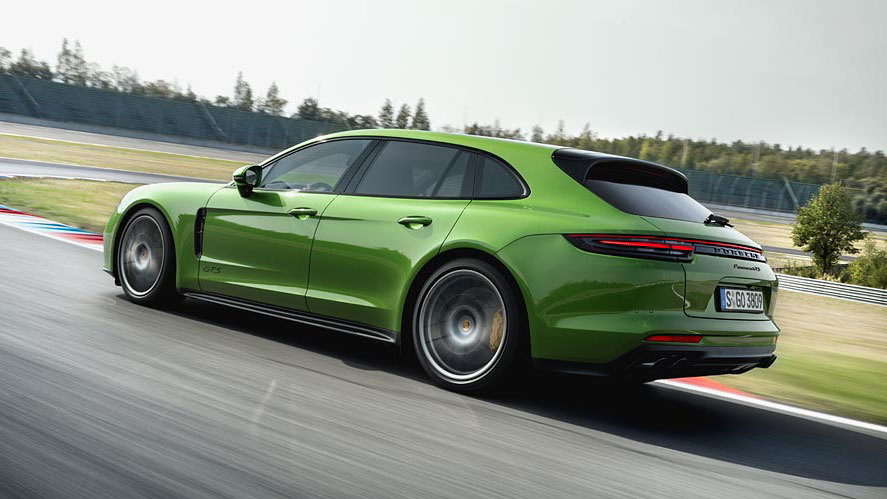Porsche Panamera 4 E-Hybrid (2021 – Present)
Porsche's 'entry-level' hybrid sports sedan packs a lot of punch
Porsche Macan T (2023 – Present)
Fits between the base Macan and Macan S and is all about handling and responsiveness
Porsche Macan GTS (2022 – Present)
The Macan GTS is finally the flagship in the Macan lineup
Porsche Macan S (2022 – Present)
Porsche introduced yet another facelift for the Macan lineup for the 2022 model year.
Porsche Macan (2022 – Present)
Updated base Macan gets a turbocharged 2.0-liter four-cylinder now good for 261 horsepower.
Porsche Macan Turbo (2020 – 2021)
Powered by a brand new engine and with a refreshed look
Porsche Macan GTS (2020 – 2021)
Powered by a brand new engine and with a refreshed look
Porsche Macan S (2019 – 2021)
The Macan S gets a number of important upgrades for the 2019 model year
Porsche Macan (2019 – 2021)
The 2019 base Macan get a design refresh
Porsche Macan Turbo with Performance Package (2017 – 2018)
The Macan Turbo Turned Up to Eleven
Porsche Macan GTS (2017 – 2018)
The Macan for the Driving Enthusiast
Porsche Macan S Diesel (2015 – 2018)
Porsche small but fun oil burner
Porsche Macan Turbo (2015 – 2018)
The hot version of Porsche's small, sporty SUV
Porsche Macan S (2015 – 2018)
Great performance and engaging drive in a practical everyday small family SUV
Porsche Macan (2017 – 2018)
The 2017 model year saw a new entry-level model featuring a turbocharged four-cylinder engine


